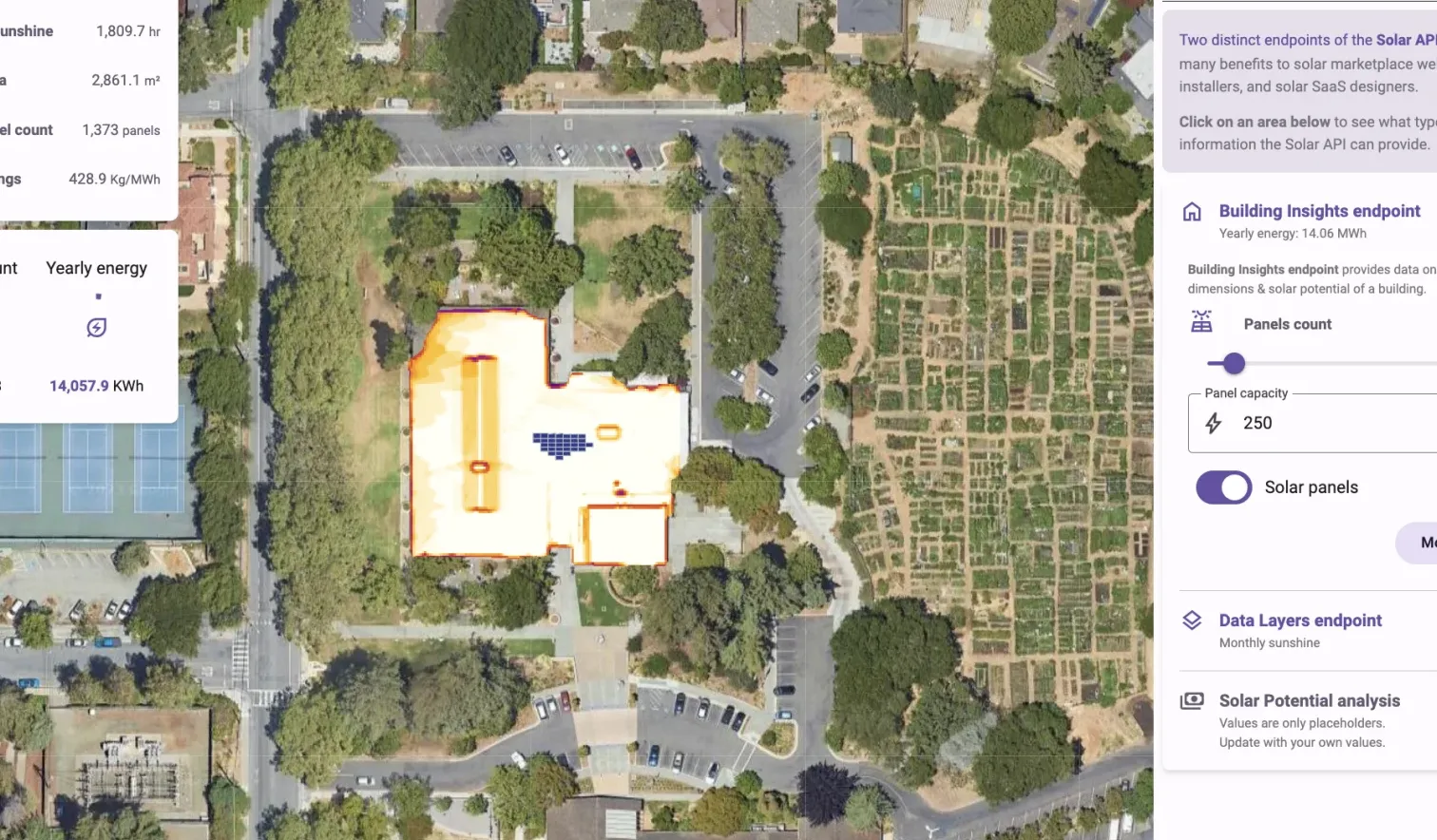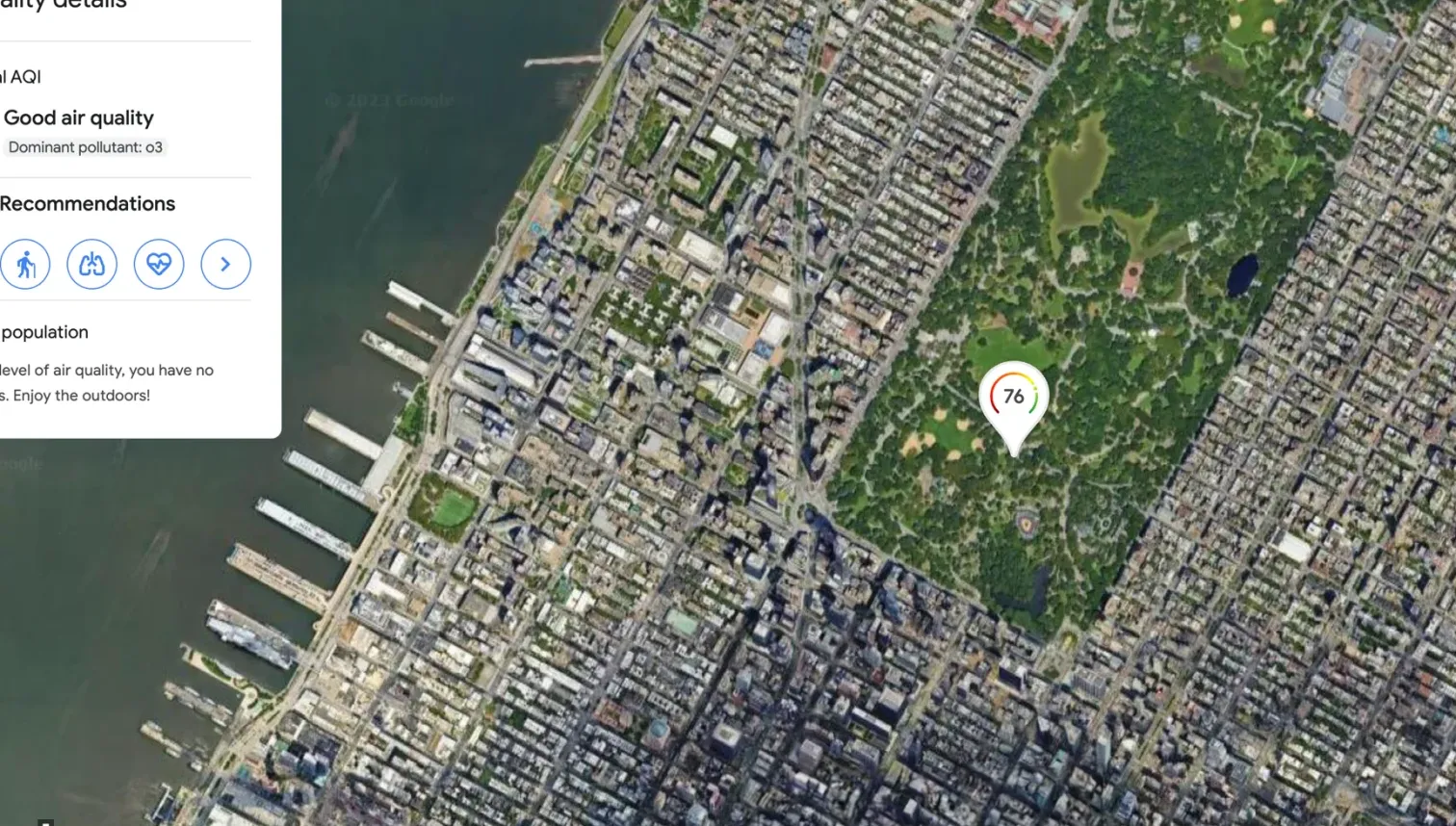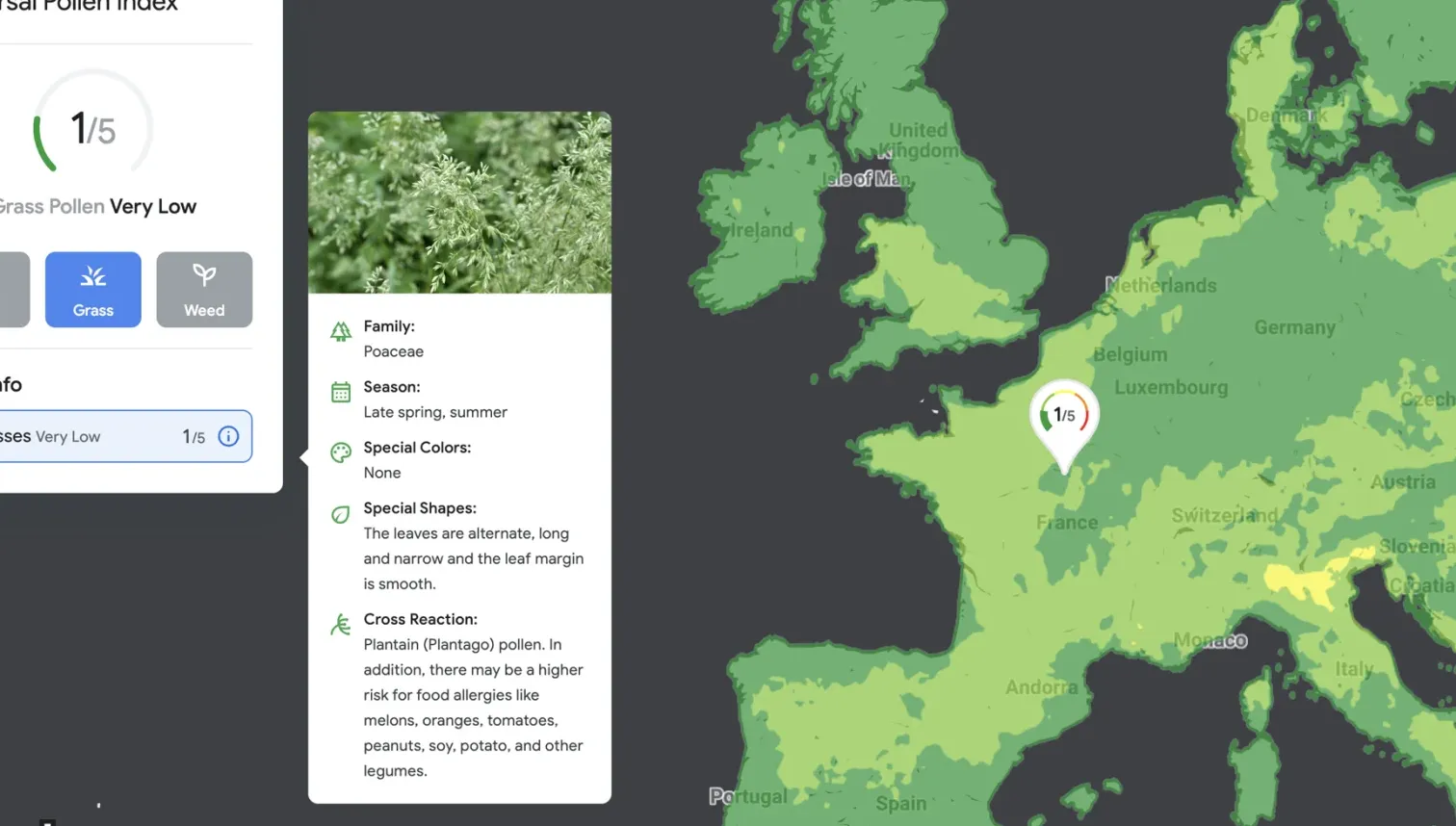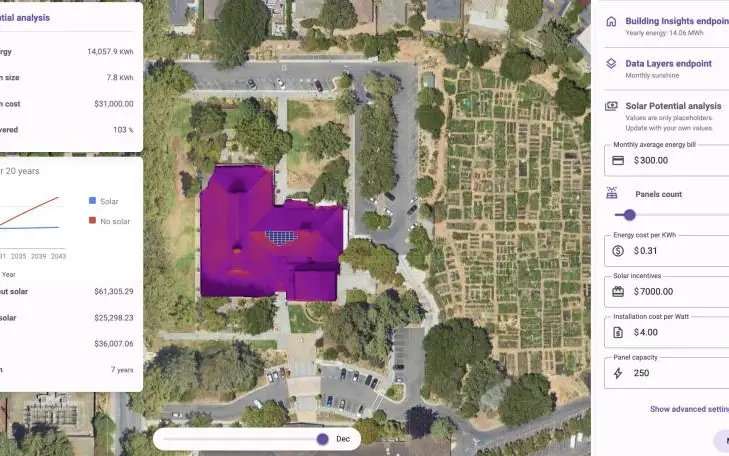Google Launches APIs to Estimate Solar, Pollutant, and Pollen Output for Sustainability
In 2015, Google introduced Project Sunroof, a smart feature on Maps that utilized location, sunlight, and navigation information to display the potential energy output of solar panels installed on any roof, whether it belonged to you or your neighbor. Google successfully mapped out this information for almost every house worldwide, showcasing the platform’s impressive technical abilities while also contributing to the company’s environmental sustainability initiatives.
At the Google Cloud Next event on Tuesday, the company will officially unveil a set of new sustainability APIs that leverage the company’s AI goals to provide developers with real-time data on solar potential, air quality and pollen levels. With these tools, “we can work toward our ambition to help individuals, cities, and partners work together to reduce their emissions by 1 gigatonne of carbon equivalent annually by 2030,” Yael Maguire, director of Geo Sustainability at Google, writes in an upcoming Maps blog post.

The Solar API builds directly on the original work of Project Sunroof, using modern maps and more advanced computing resources than its predecessors. API covers 320 million buildings in 40 countries, including the United States, France and Japan, Maguire told reporters during an embargo news conference on Monday.
“The demand for solar energy has grown a lot in recent years,” Maguire said. He notes that search interest for “rooftop solar panel and electricity” grew 60 percent in 2022. “We’ve seen this shift in solar energy … and we saw a lot of opportunities to bring this knowledge and technology to companies around the world.”
The team trained an AI model to extract the exact angles and slopes of a given roof from just an overhead satellite or aerial image, as well as shadow estimates from nearby trees, and combine them with historical weather data and current energy pricing. This gives installers and homeowners a more holistic estimate of how much their individual solar panels could generate without having to physically send a technician out.

Google is also expanding the air quality benchmark, which proved invaluable during the 2021 California wildfires (and all subsequent wildfires), into its own API offering to more than 100 countries around the world.
“This API validates and organizes several terabytes of data every hour from multiple data sources — including government monitoring stations, meteorological data, sensors and satellites — to provide a local and global index,” Maguire wrote.
The system even takes current traffic conditions and vehicle volumes into account to better predict which pollutants are dominant. “This process offers companies in the healthcare, automotive, transportation and other industries the ability to provide accurate and timely air quality information to their users, wherever they are,” Maguire wrote.

In addition to human-generated pollutants, Google is also developing its existing pollen tracking layer into a full API. “Increasing temperatures and greenhouse gas emissions are also causing pollen-producing plants to grow in more places and pollen production to increase, creating additional adverse effects for those with seasonal allergies,” Maguire said.
The Pollen API tracks the seasonal release of tree semen in over 65 countries, including local wind patterns and annual trends, providing users with local pollen count data, detailed allergen data, and heat maps of where the sneezing is worst. Maguire imagines that travel planning apps will use this information to “enhance the planning of daily business trips or vacations.” The applications will be available to developers from August 29.




